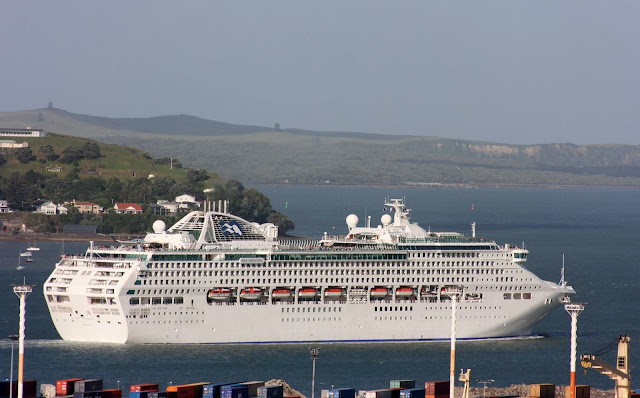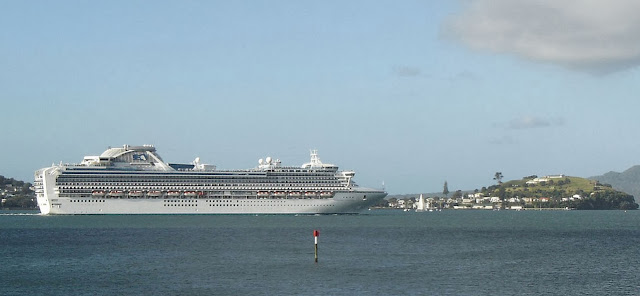On the last day of the year, like so many people,
I took time out to pause and reflect on the year that was 2013, a year of
unexpected twists and turns, a year of wonderful moments and extraordinary
highlights, but also a year when I learnt even more the value of appreciating
the small things - of smelling the flowers and laughing at the antics of tiny
frogs, and the lesson of living each day as if it was my last.
My first six months of 2013 were spent in Siem Reap , Cambodia
Cambodian children are wide-eyed, cheeky,
desperately poor, smart, smaller and thinner than they deserve to be, cute,
capable, hard-working, affectionate, creative, playful, sensitive.… One of the
joys of my last few months in Siem Reap was managing the transition of Helping Hands, the project this boy attends, into the Globalteer family. It is so
satisfying and rewarding to know that in a very small way I was helping to give
these children a better future.
If you know me, you know I am addicted to things
old and ancient, so living in Cambodia
I
also fed my addiction with almost daily doses of pagodas and I’m sure I was
fast earning a reputation amongst the tuktuk drivers as that crazy old white
woman, as my weekends were often spent tuktuking through the countryside in
search of more temples. Wat Damnak, pictured here, was one of my favourites and
was on my circuitous route into town so an easy place to pop in to. You can
read more about it and the many other pagodas I explored on my other blogs.
Wat Damnak didn’t just offer beautiful buildings
and quiet contemplative spaces, it was also home to some of the local wildlife,
in particular frogs and lizards. The frogs’ antics were often laugh-out-loud
funny but the lizards also made me smile, with their hilarious dance-like
actions, their ability to change colour when aroused, and their truly
impressive tails. Both these Oriental Garden Lizards and the tiny geckos that
inhabit every nook and cranny of every building in Cambodia, as well as the
Tokay geckos that cry out “okay, okay, okay”, charmed and entertained me, and
helped provide me with the memories of Cambodia that I’m sure will never leave
me.
The frogs and lizards weren’t the only beasties that
made me smile in 2013.
I am not a twitcher or even a birder but I’m definitely a bird-watcher and a
bird-lover. As the great naturalist and broadcaster David Attenborough once
said: ‘What wild creature is more accessible to our eyes and ears, as close to
us and everyone in the world, as universal as a bird?’ In Cambodia Kuala Lumpur New Zealand
When I visited that bird park in Kuala Lumpur Petronas Towers Singapore
I’ve spent the second half of 2013 back here in
Auckland, New Zealand and, though I certainly didn’t expect to still be here as
2013 drew to a close, I am enjoying so many things about being back again in this
beautiful city: the history of her heritage architecture and creativity of her
public artworks, the green of the expansive parks right on my doorstep and
waking to the sounds of tuis, walking the seaside boardwalks and bush-lined
pathways, my tiny but perfectly formed apartment and the convenience of city
living, watching the weather and the ships come and go across the sparkling
waters of the Waitemata harbour, catching up with friends and the latest
movies, and so much more.
Though this return to Auckland
.JPG)
.JPG)
.JPG)
.JPG)
.JPG)
.jpg)
.JPG)
.JPG)
















.jpg)





.JPG)
.JPG)








.JPG)



.JPG)